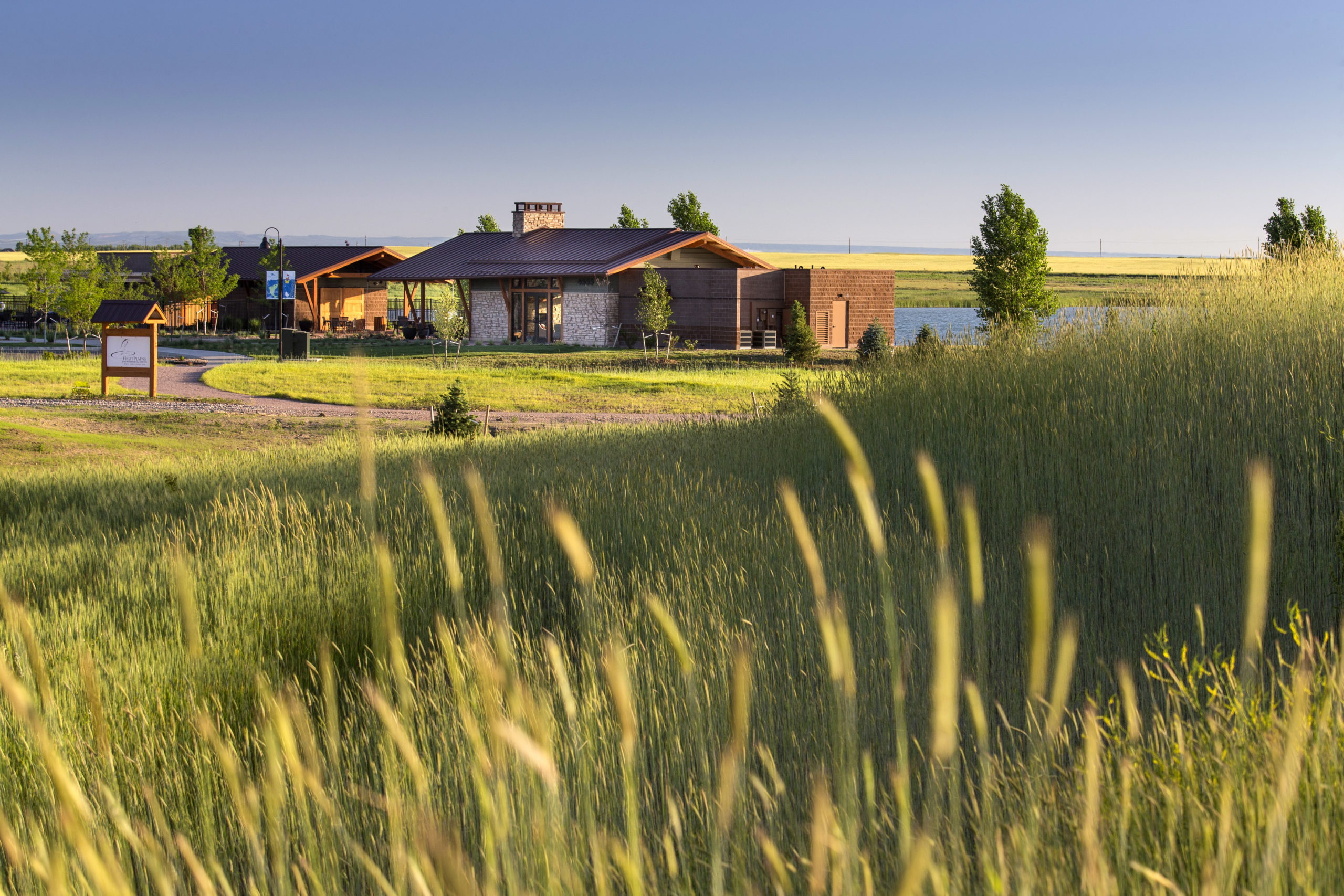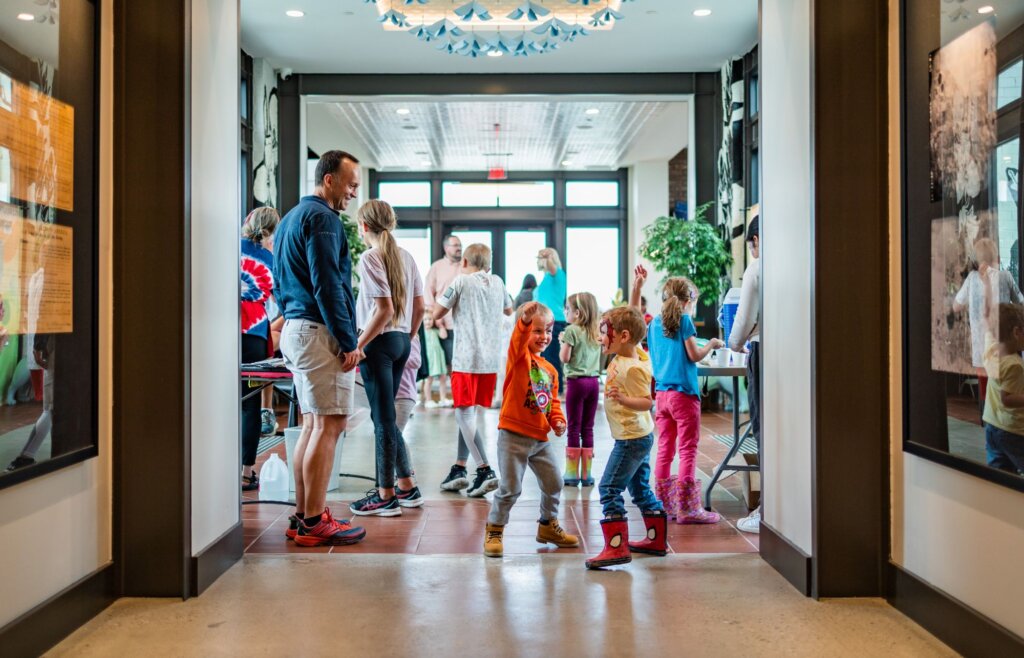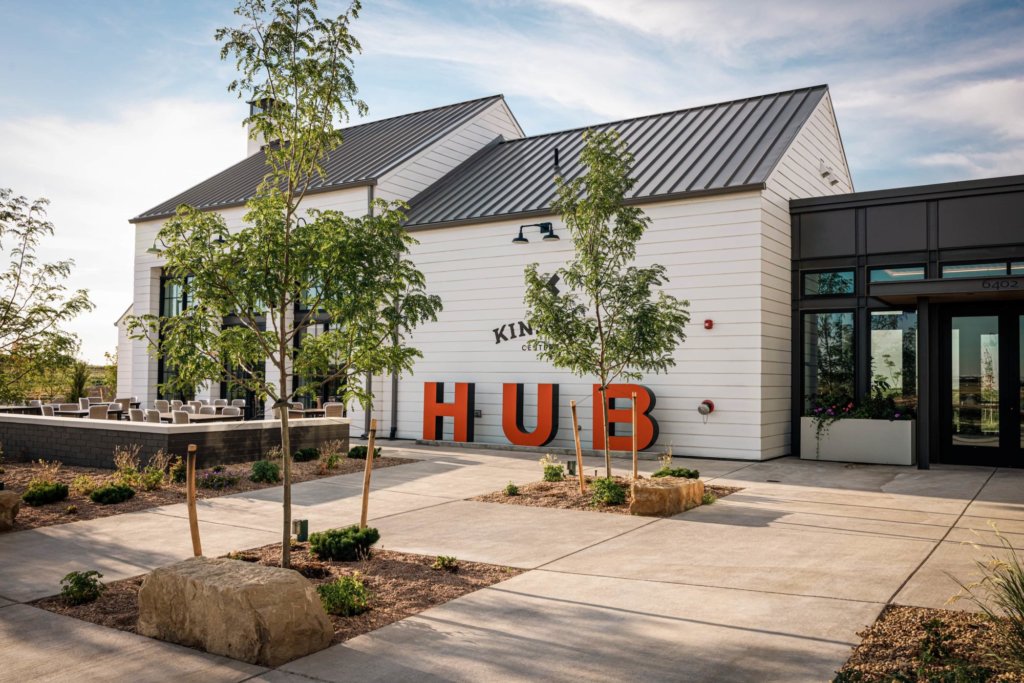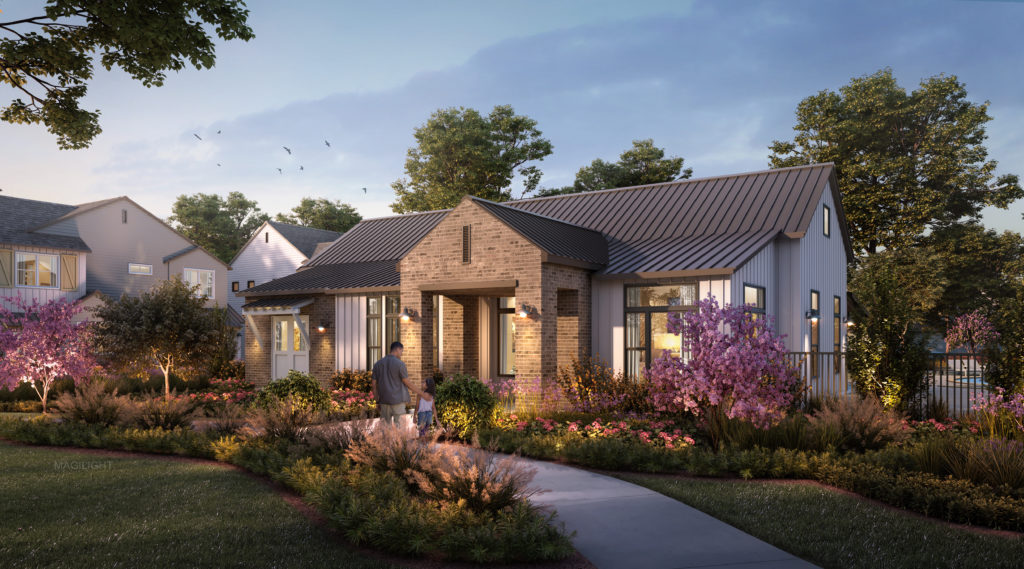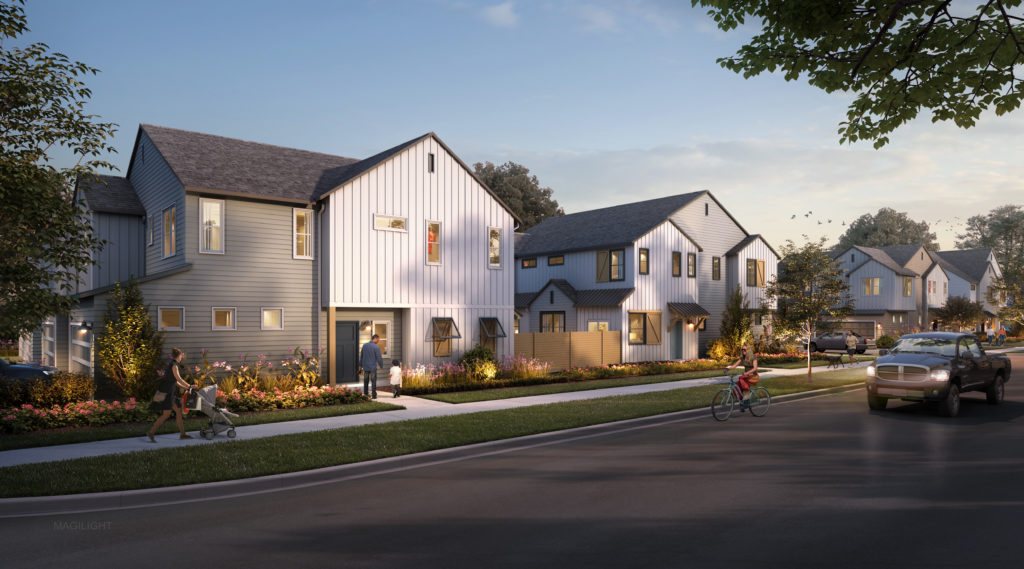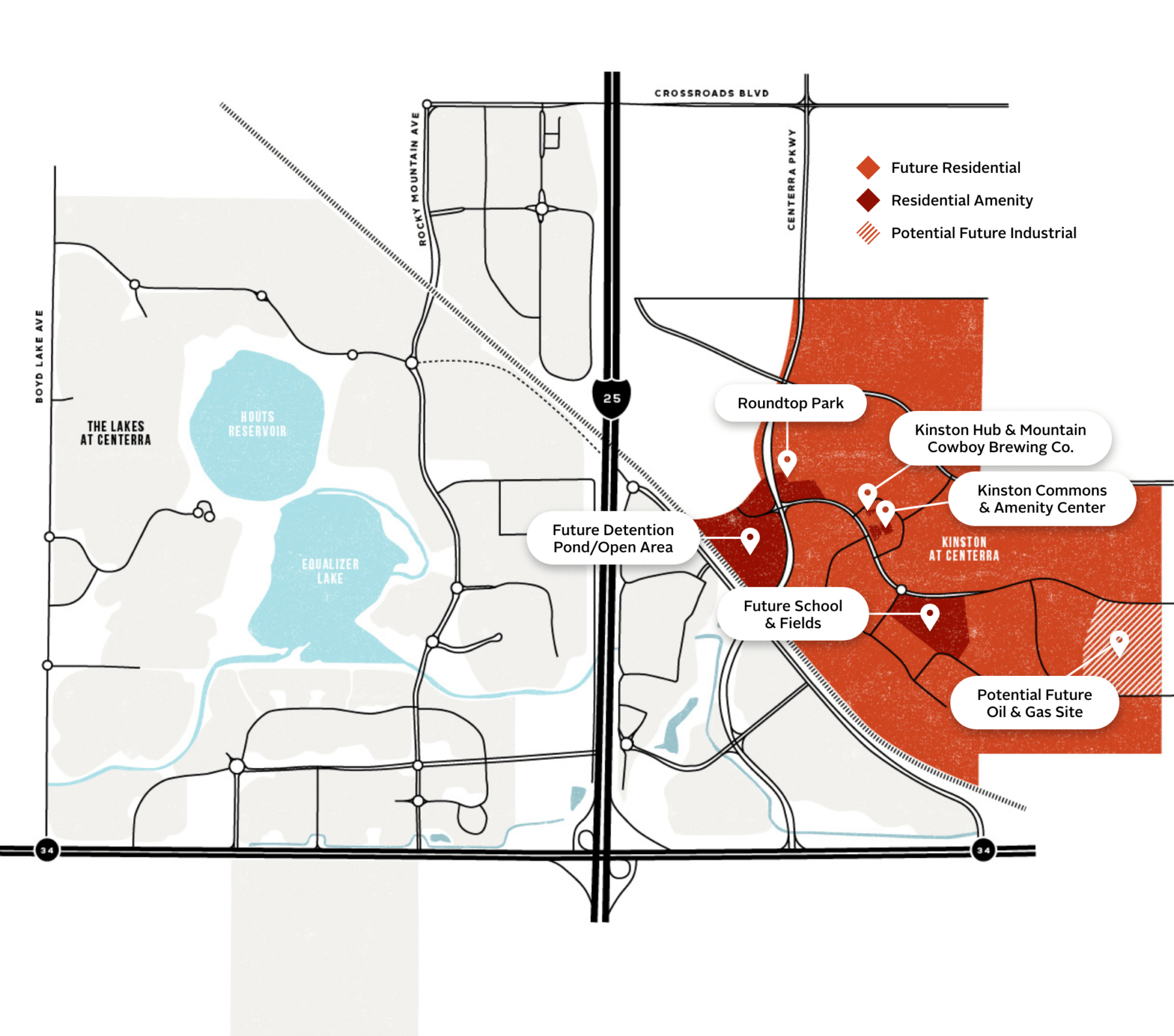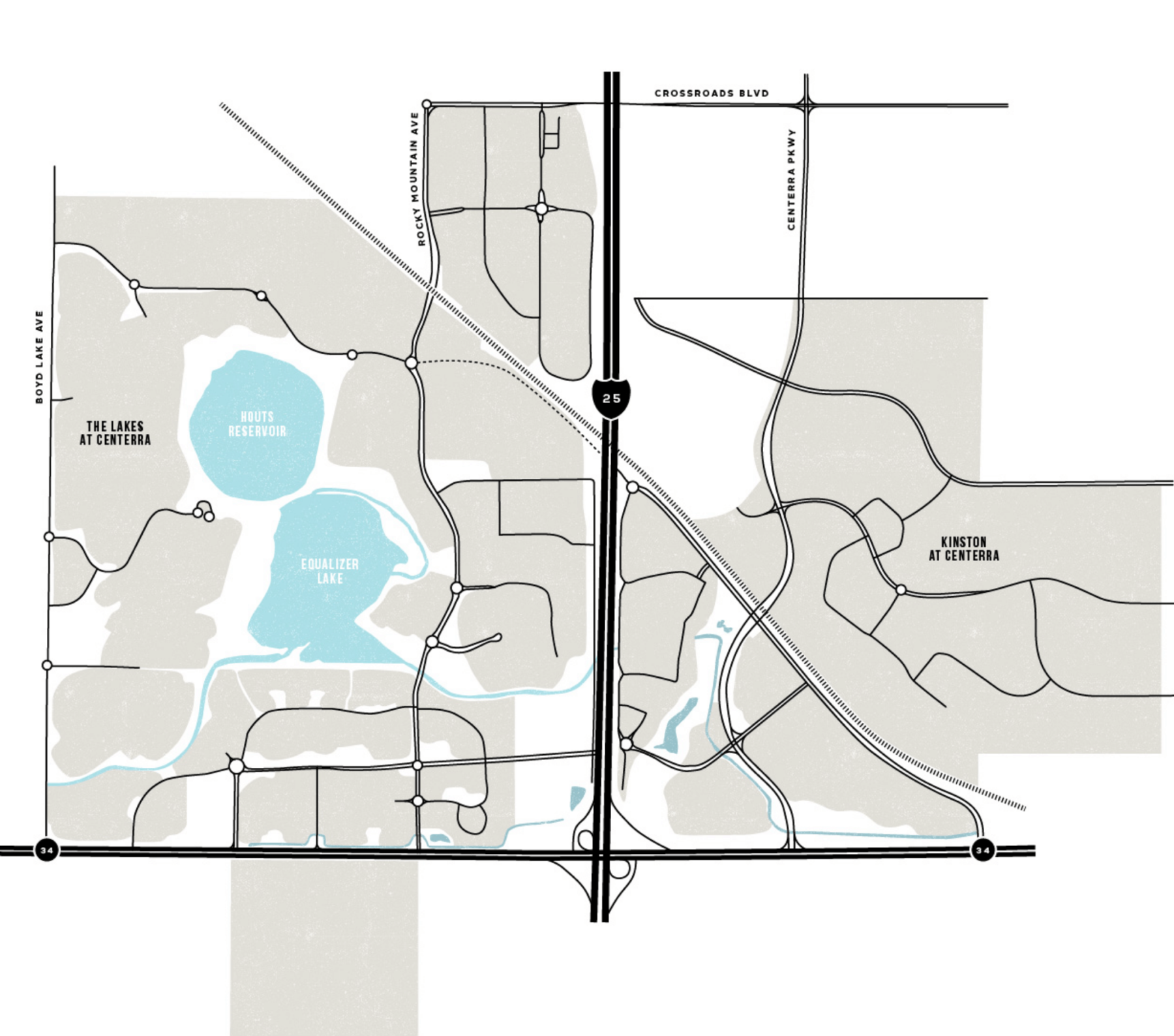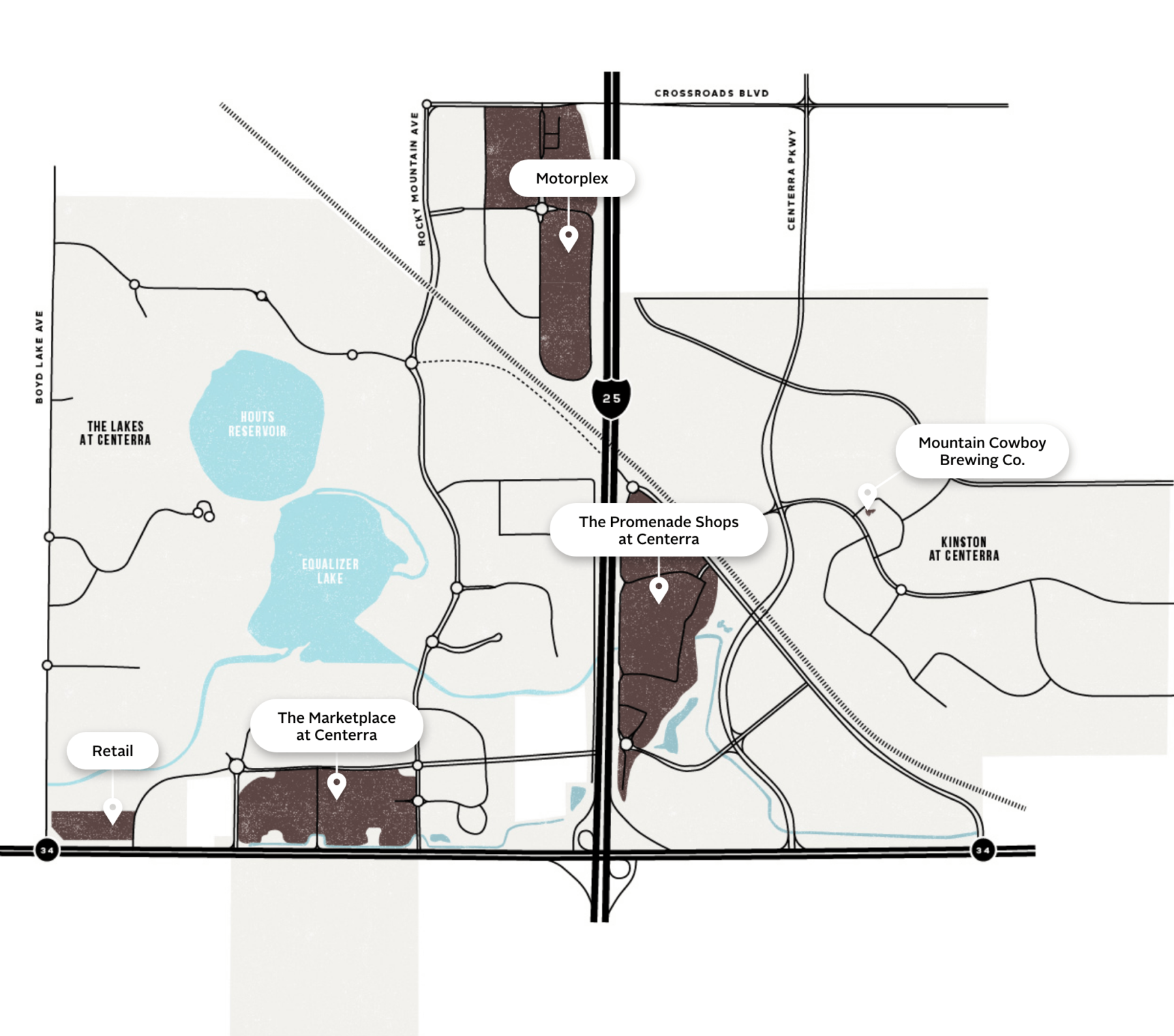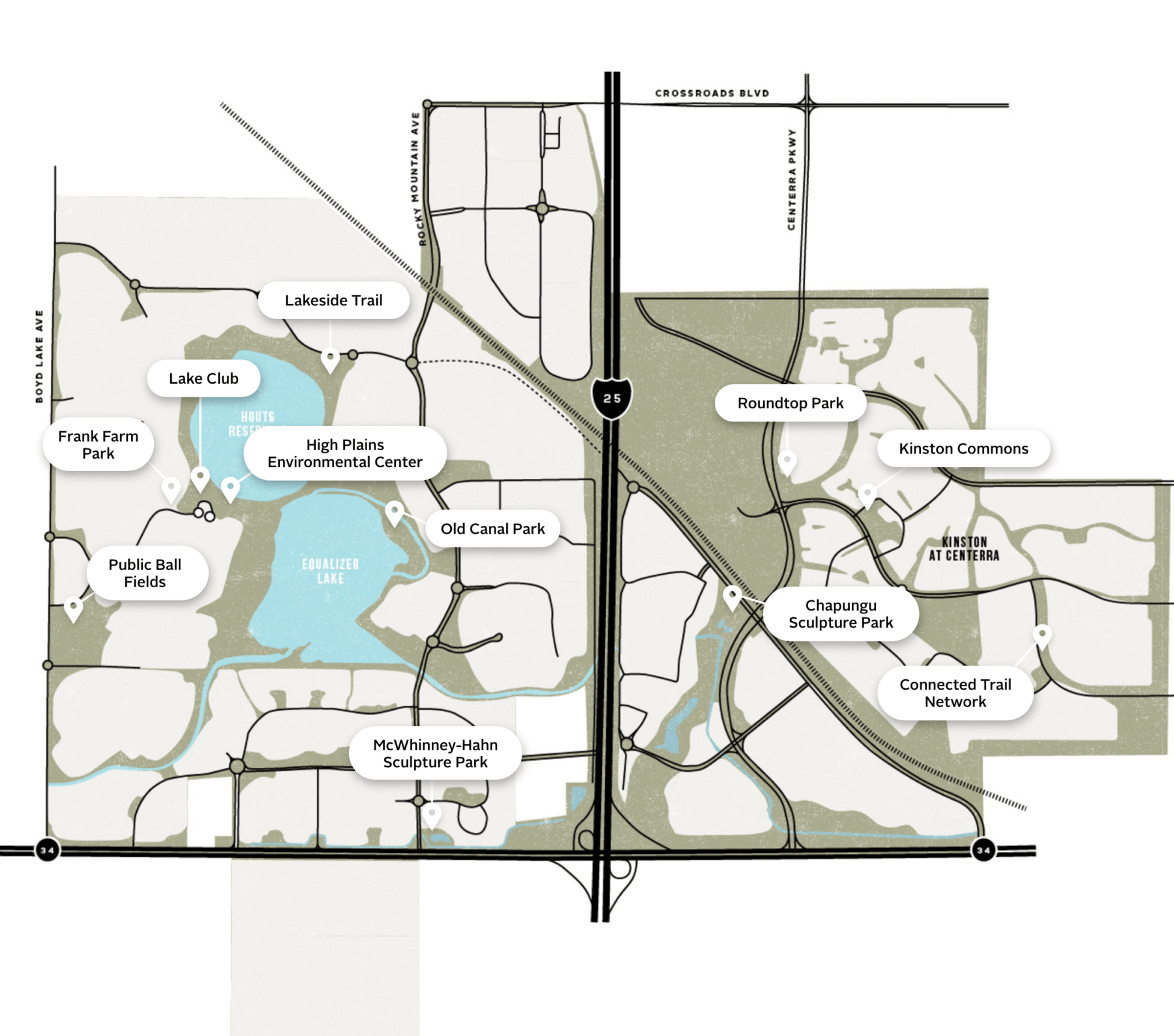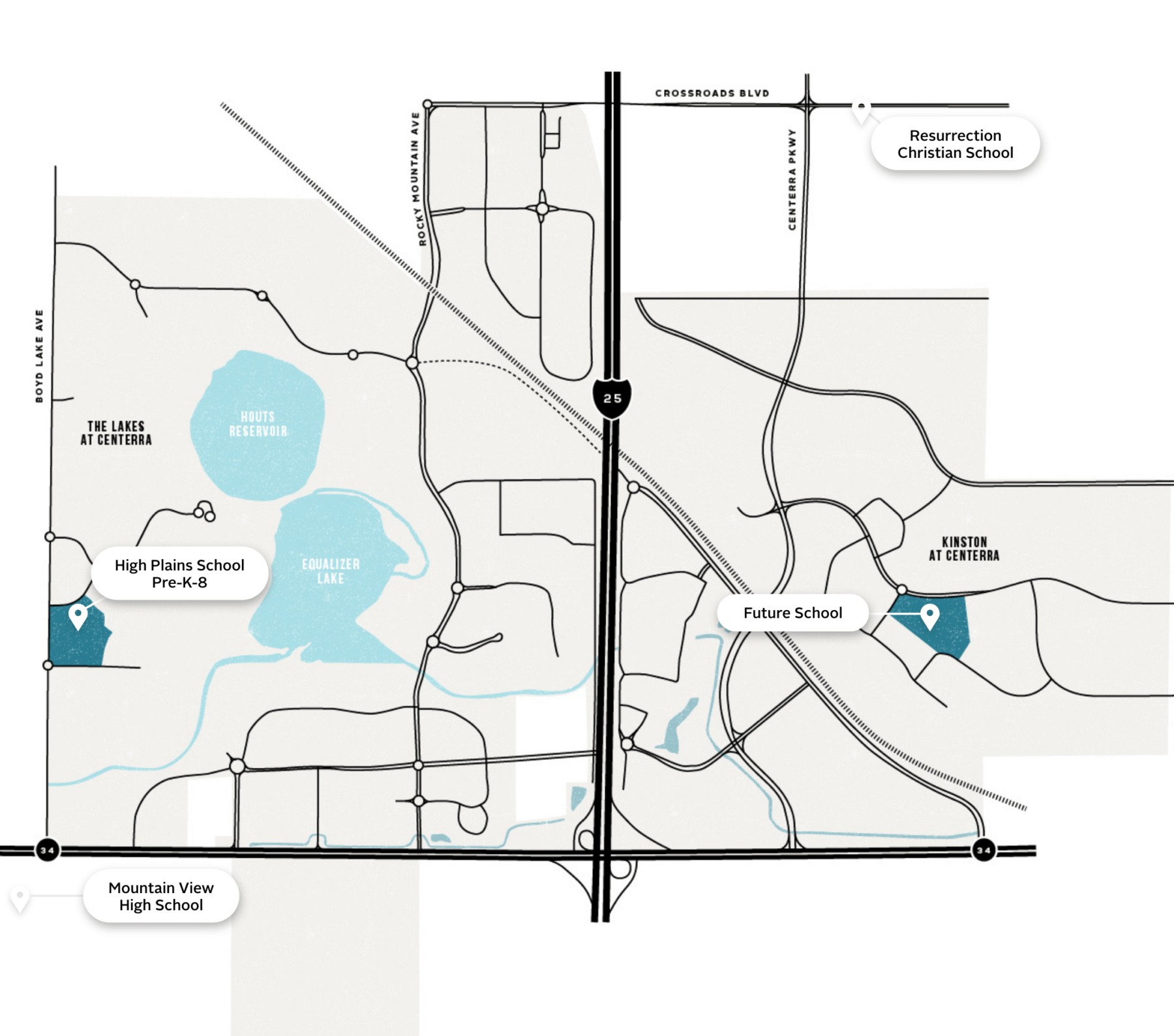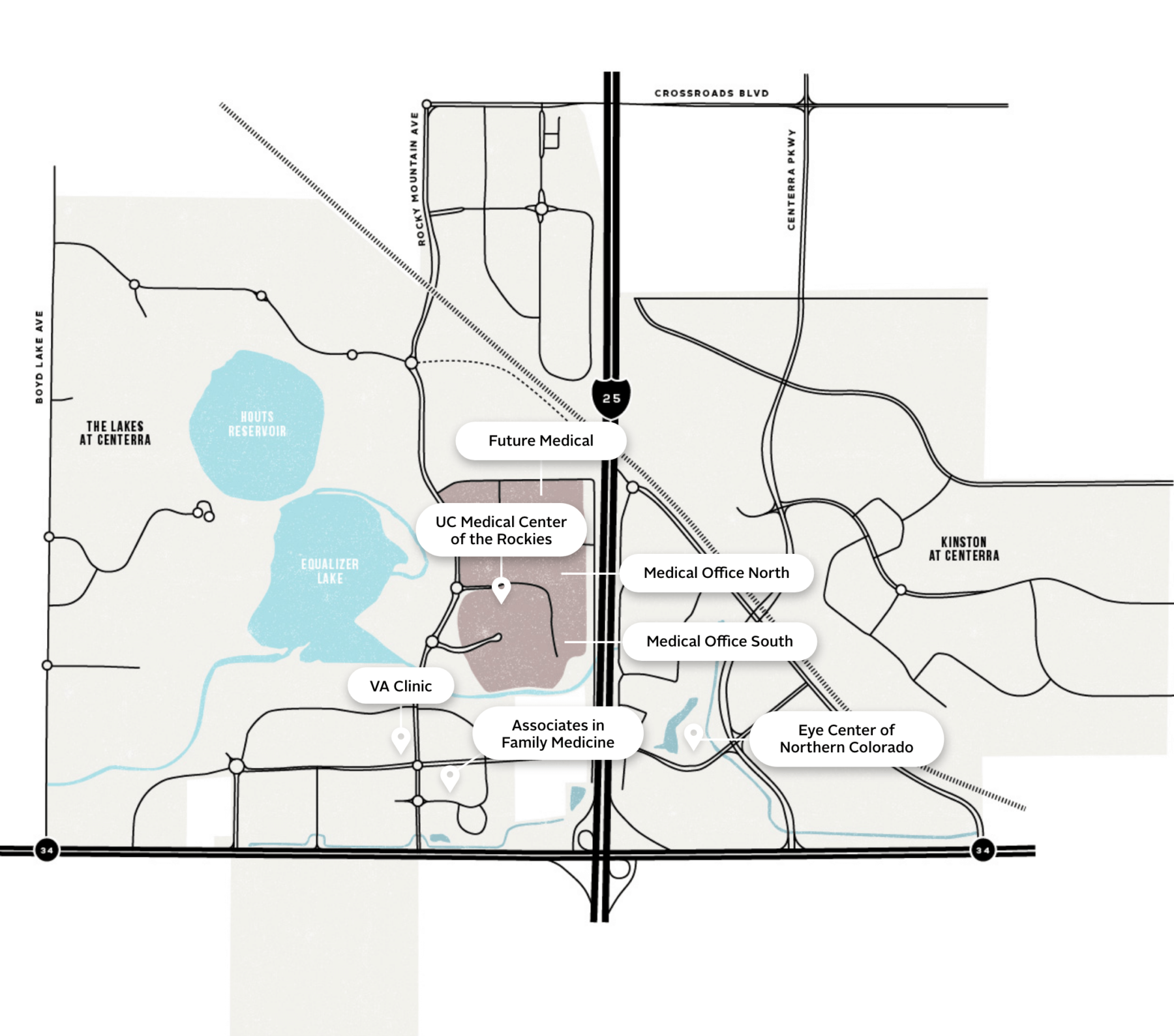LOVELAND, Colo. — McWhinney, a master-planned developer and investment firm, has launched an official Water Conservation and Sustainability Initiative for its Centerra community in collaboration with environmental nonprofit High Plains Environmental Center (HPEC), to enhance water conservation and sustainable practices in northern Colorado. Over the course of the next year, Centerra, HPEC and local community stakeholders including the Centerra Metro District are leading five cornerstone projects that directly promote water conservation and environmental leadership in the region.
Through McWhinney’s partnership with HPEC, the Centerra master-planned community in Loveland has been designated as the first wildlife habitat community in the state of Colorado by the National Wildlife Federation, promoting connectivity in landscapes to support wildlife in northern Colorado’s growing urban corridor, with HPEC managing 483 acres of open space and stormwater ponds within Centerra as a wildlife habitat. Colorado typically receives 12-14 inches of precipitation per year, and Colorado residents add further pressure to the state’s low rainfall with the typical household needing 0.4-0.5 acre feet of water per year (approximately 150,000 gallons) to support the demands of the home and landscaping. With a growing population and changing climate, water conservation and strategic landscaping are of the utmost importance in the northern Colorado region.
With a history of environmental stewardship, Centerra and HPEC have established the Water Conservation and Sustainability Initiative to encourage social responsibility in the region and provide the industry a roadmap that can help inform like-minded developers seeking to establish or enhance sustainable operations. Each year, Centerra and HPEC will set a program outlining their highest priority areas of focus, encouraging stakeholders to participate in projects that will enhance the community’s commitment to sustainability.
In addition, users on Centerra’s campus are encouraged to utilize sustainable practices in building their projects or in remodeling their uses.
“Preserving nature and restoring habitats has always been part of Centerra’s mission, and water is our most precious resource,” said David Crowder, vice president of community development for McWhinney and general manager of Centerra. “Developers are encouraged to be motivated about these causes, as they impact us all. We want to provide leadership in this initiative together with HPEC to allow us to be even better stewards and developers and make the best decisions about what is best for our community today and in the future.”
Centerra and HPEC’s Water Conservation and Sustainability Initiative includes the following planned projects this year:
- HPEC Nursery: The HPEC nursery serves as a source of plant production, a gathering place for residents, and a hands-on learning experience for people of all ages. This community resource allows students the opportunity to engage with professionals in horticulture, agriculture, biology and many more environment-focused professions.
- Water-wise Landscaping: Water use will be devoted to enhancing the site’s species, habitat and landscape diversity. The Centerra Design Guidelines and Design Review Committee will mandate all construction projects in the community utilize regionally appropriate landscapes including native plants adapted to Colorado’s climate and high altitude, requiring less water. An emphasis will be placed on minimizing the use of manicured turf grass areas.
- Roadway Test Plots: New test plots have been implemented along major arterial road curbs by the Centerra Metro District, studying over two years which types of grasses can withstand the over-splash of the de-icer and salt treatments used during winter snow plowing as well as the rate of establishment from seeding and other planting methods.
- Landscape Construction Specifications: Centerra will incorporate detailed installation requirements for all landscape projects. The specifications are based on more than 20 years’ experience managing the landscapes in the community and will include, among other elements, a list of approved plant species, soil amendments and management program, criteria for computer-controlled irrigation systems, and involvement of HPEC during the construction process.
- Raw Water Dedication/Payment and Timing of Payment: Centerra is leading efforts to bring together development and business partners to influence changes in municipal codes. The shift aims to influence conservation and modify the timing of water fee payments, to both promote cost savings on new homes resulting in more attainable home prices as well as reduce barriers to entry by smaller homebuilders that have been shut out of larger projects due to the prohibitive water dedication policy.
“With the financial and lifestyle costs associated with water for homebuyers and businesses in mind, we want to do all we can to keep these costs low, while also encouraging conservation and sustainable practices, particularly in the development industry,” said Kim Perry, vice president, community design and neighborhood development at McWhinney. “Loveland City Council’s unanimous vote to pass the water efficiency plan is a great step to advance conservation in the region. We look forward to furthering our initiatives to raise awareness around the importance of water and how we can preserve our native landscapes and maintenance practices in the most sustainable, cost-effective ways possible.”
In 2001, McWhinney and McStain Neighborhoods partnered to form HPEC, a nonprofit 501(c)3 — located within Centerra — as an independent resource to protect the habitat and restore nature in the community. As a botanic garden, the community provides an experience in horticulture. HPEC features the Medicine Wheel Garden, with plants utilized by Plains Indian Tribes, the Native Plants & Pollinator Demonstration Garden, the Wild Zone, a nature play area, a native plant nursery, an heirloom fruit orchard, and community garden plots. In 2009, Centerra received design awards from the American Society of Landscape Architects’ Colorado chapter based on its innovative guidelines that ensure a rich ecosystem of wetlands and wildlife and promote sustainability and conservation.
HPEC is a member of the American Public Garden Association, as well as a regional public garden working group formed by Denver Botanic Gardens. HPEC and Chapungu Sculpture Park, a 26-acre park that houses more than 80 stone sculptures created by Zimbabwean artists, as well as other intensively landscaped areas within Centerra, compromise a “Botanic Garden” focused on public education and horticultural excellence.
“In partnership with Centerra and the first coalition in Colorado to be certified as a Community Wildlife Habitat by the National Wildlife Federation, HPEC is committed to sustainable landscape practices and water conservation,” said Jim Tolstrup, executive director of HPEC. “Nature provides the perfect balance to urban planning, and the projects outlined in this initiative will help align landscape management practices more closely with habitat goals, all the while helping preserve Colorado’s unique natural beauty and biodiversity.”
To learn more about this joint sustainability initiative and find ways to get involved, visit here.
